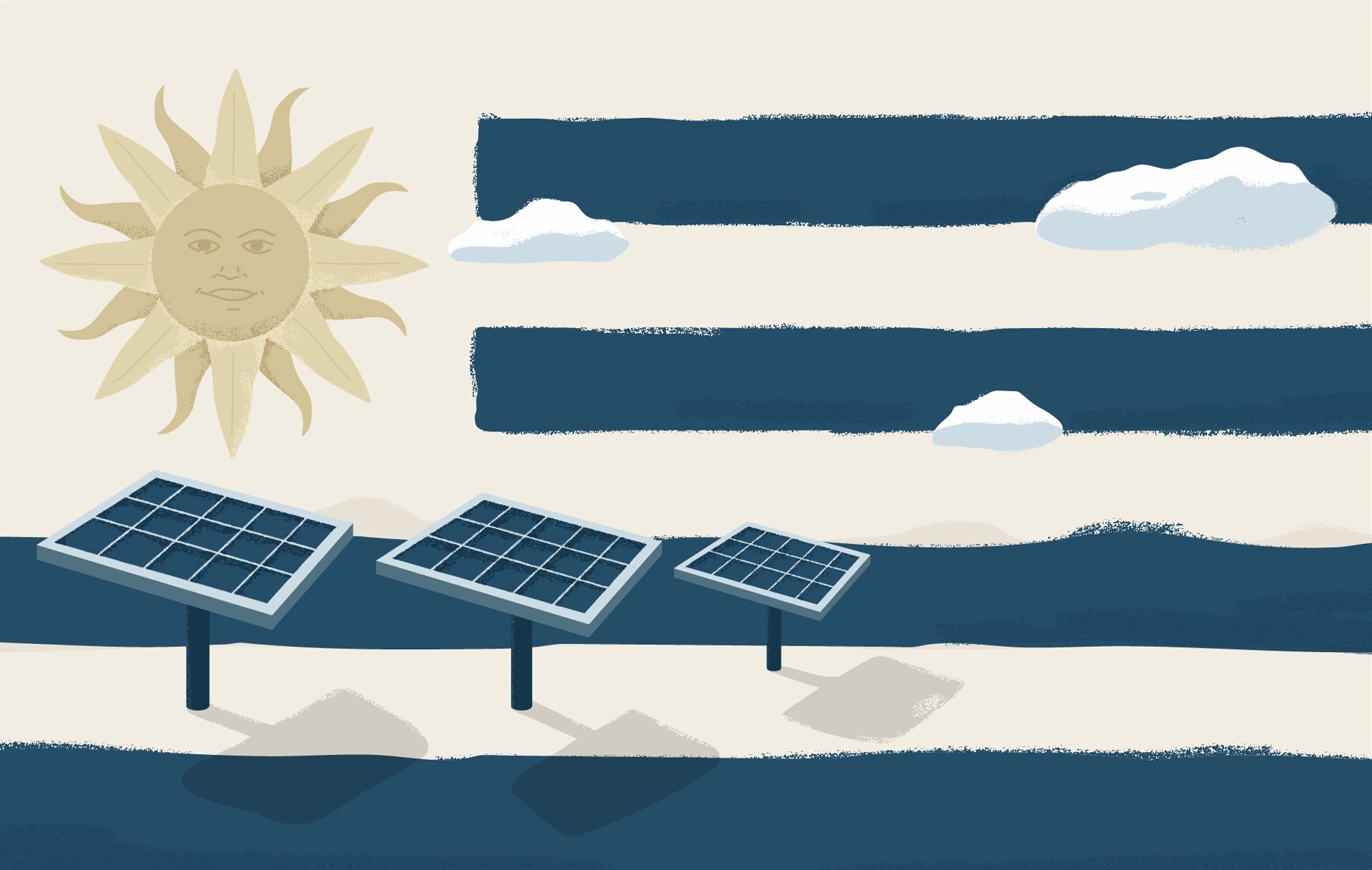“with wind the single-biggest contributor… Power production costs have declined “by almost half” … And the clean energy sector has created 50,000 new jobs… Ask me what was the impact on the electricity sector in Uruguay after this tragic war in Europe — zero.”



Nuclear is just not practical. Even if you discount the risk of severe impact if anything ever goes wrong, and the long term impact on the environment if the fuel and waste chain. we’ve countless case studies that it’s just too expensive, too complex to build, too much putting all your eggs in one basket.
Making up some numbers but I think the scale is right …. Which would you choose:
— $12B and 10-20 years to build a nuclear plant, requiring highly specialized fuel and employees.all or nothing: you get no benefit the whole time it’s under construction so payback is multiple decades. Given the specialty fuel, employees, security, it’s the most expensive choice to operate
— $1B and 10-12 years to build a wind farm, but you start getting income as soon as sections come online. Fuel cost is zero and one being out for maintenance has negligible impact in production/profit. You get payback practically as soon as the project is built and it’s all gravy from there
Adding to this, while the wind doesn’t always blow, and the sun doesn’t always shine, nuclear needs water to evaporate. In a world where droughts during summer get ever more common, nuclear/coal is not the 24/365 solution it once was. The future has to rely on a diverse mix of different energy sources, if it wants to be resilient.
Coal is not affected by droughts, though. Nuclear for better or worse is the most reliable and clean source we know today. Biggest hurdle with renewables is storage. Let’s see if hydrogen is the way. But then again, storing large quantities of hydrogen might result in a big boom of something goes wrong.
AFAIK coal power plants often(always? Idk) use steam to drive their turbines in order to generate electricity. I’m not arguing against nuclear, but for a very diverse mix. Warm dry summer -> solar. Rainy dark winter -> hydro & wind. If we keep burning fossils, including nuclear, until we can switch to 100% renewals, I’m okay with that. The big advantage of renewals is the comparatively low cost of phases where no electricity is produced. A solar farm doesn’t generate cost at night. Coal and nuclear plants can’t just be “switched on and off” at will, and if they don’t produce, still need a lot more attention. But for the meantime, they are necessary, until we either overbuilt so much renewables to cover for “no wind/sun/rain” situations, or get some storage solutions (batteries, hydrogen, biofuels,…) Implement on a large enough scale.
That steam is closed circuit though. But yes, they need cooling water and perhaps pollution cleaning water. So I guess they are affected by droughts as well.